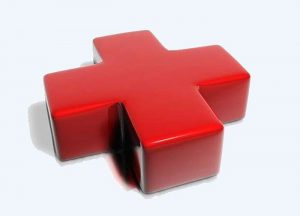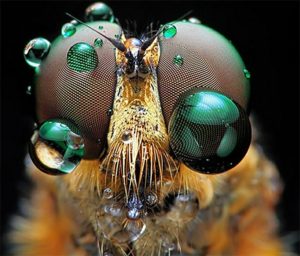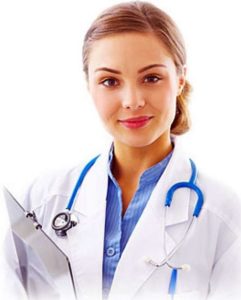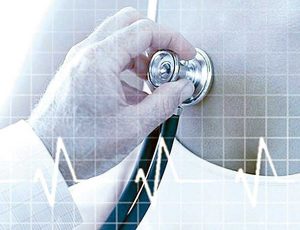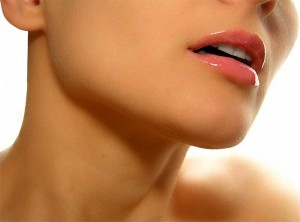Life (жизнь) (hereinafter referred to as “L.”) is the highest compared to the physical and chemical form of existence of matter, arises under certain conditions in the process of its development. Living objects differ from nonliving metabolism — a prerequisite L., ability to reproduction, growth, active regulation of its composition and functions, to various forms of movement, irritability, adaptability to environment, etc.
However, strictly scientific differentiation of living and nonliving meets certain difficulties items. So, there is still no consensus about whether human viruses that are outside cells of the host organism does not possess any of the attributes of the living: in the virus particle at this time there are no metabolic processes, it is not able to reproduce, etc.
The specificity of living things and life processes can be described as aspect of their financial structure and key features, underlying all manifestations of L. the Most accurate definition of life, embracing simultaneously both of these approaches to the problem, given about 100 years ago, the German philosopher, thinker and public figure, founder of Marxism Friedrich Engels: “Life is the mode of existence of protein bodies, and this method of existence consists essentially in a constant renewal of the chemical component parts of these bodies” (K. Marx and F. Engels, Soch., 2nd ed., vol. 20, p. 82). The term “protein” had not yet been determined quite accurately and it is usually attributed to the protoplasm as a whole.– Далее –


